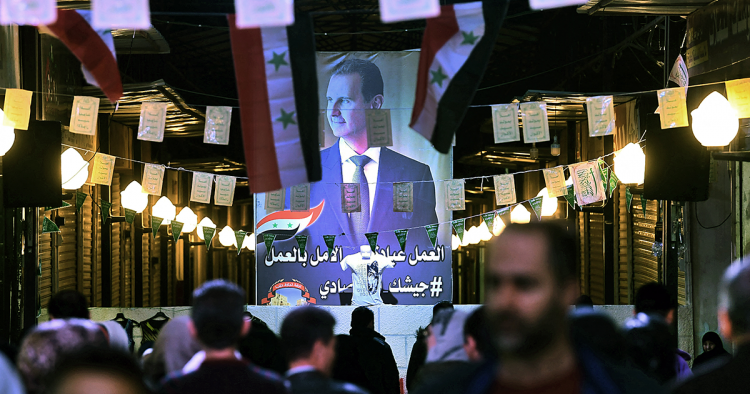Six years ago, the Syrian regime conquered the southern province of Daraa, popularly known by millions of Syrians as the “cradle of the revolution.” That military victory represented a pivotal moment for Syrian President Bashar al-Assad. After all, it was the last time the regime captured a sizable swath of opposition territory, and in doing so in July 2018, its impunity was laid bare for all the world to see. On paper, Daraa had been designated a “de-escalation zone” after months of intensive international diplomacy in which the United States had played a central role.
Despite that protected status, regime forces with heavy Russian military assistance proceeded to besiege Daraa; shell it to rubble; and after weeks of brutal violence, coerce it into surrendering. Washington’s most reliable umbrella of opposition allies, the Southern Front, was abandoned—advised to surrender by U.S. officials. Since then, the regime’s status has never been in question, as international actors have methodically backed away, fatigued and disinterested. Since that decisive moment, as far as many were concerned, Assad had won and Syria’s crisis was over, its effects contained.
Continue reading in Foreign Policy
Photo by AFP via Getty Images
The Middle East Institute (MEI) is an independent, non-partisan, non-for-profit, educational organization. It does not engage in advocacy and its scholars’ opinions are their own. MEI welcomes financial donations, but retains sole editorial control over its work and its publications reflect only the authors’ views. For a listing of MEI donors, please click here.













